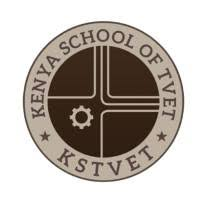Electrical and Electronic Principles and Technology
1. Basic Electrical Principles
1.1. Electrical Physics
1. Electric Charge
-
Symbol:
q
-
Unit: Coulomb (C)
-
Types of Charge: Positive (+), Negative (−)
-
Like charges repel, unlike charges attract.
-
Elementary charge:
C
2. Coulomb’s Law
-
Describes the force between two point charges:
-
-
r = distance between charges
3. Electric Field (E)
-
Electric field due to a point charge:
-
Unit: N/C or V/m
-
Direction: Away from positive, toward negative
4. Electric Potential (V)
-
Work done per unit charge:
-
Unit: Volt (V)
5. Potential Difference (Voltage)
-
-
Energy per unit charge between two points
6. Capacitance
-
Ability to store charge:
-
Unit: Farad (F)
-
Capacitance of parallel plate capacitor:
-
ε: Permittivity of the medium
7. Current (I)
-
Flow of charge:
-
Unit: Ampere (A)
8. Ohm’s Law
-
Relation between Voltage, Current, Resistance:
-
Resistance
R unit: Ohm (Ω)
9. Electrical Power (P)
-
Energy used per second:
-
Unit: Watt (W)
10. Resistors in Circuits
-
Series:
-
-
Same current through all
-
-
Parallel:
-
-
Same voltage across each
-
11. Kirchhoff’s Laws
-
KCL (Current Law): Total current into a junction = total current out
-
KVL (Voltage Law): Sum of voltage changes around a loop = 0
12. DC vs AC
-
DC (Direct Current): Flows in one direction (batteries)
-
AC (Alternating Current): Changes direction periodically (mains power)
